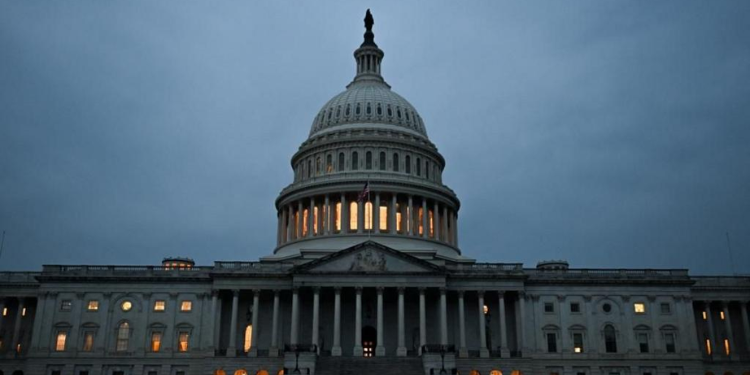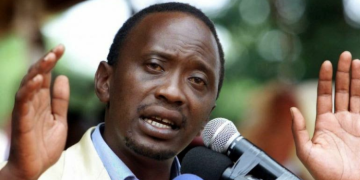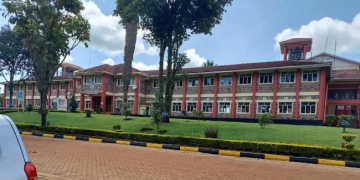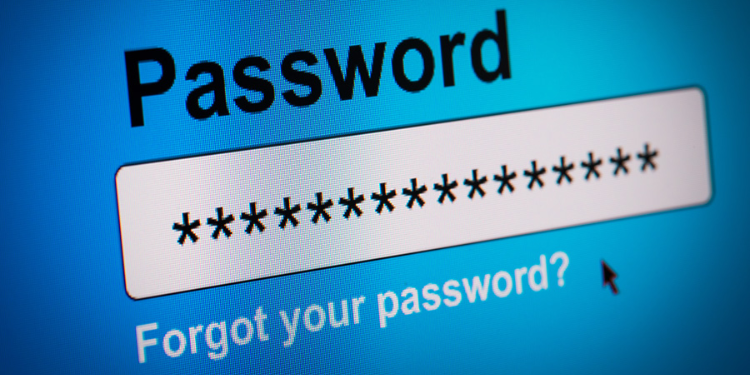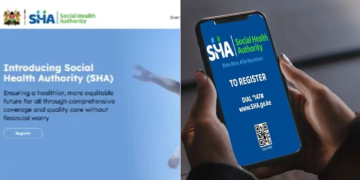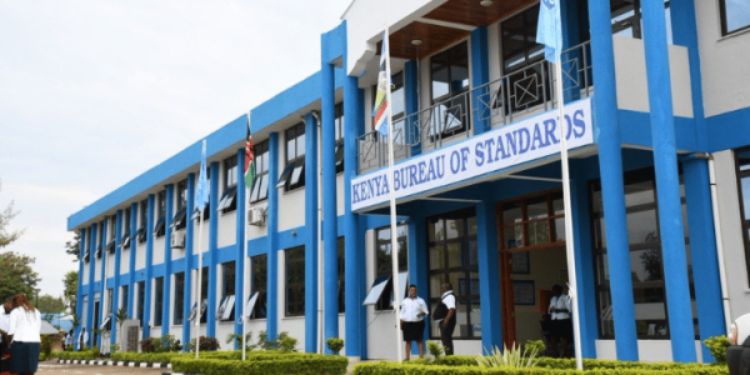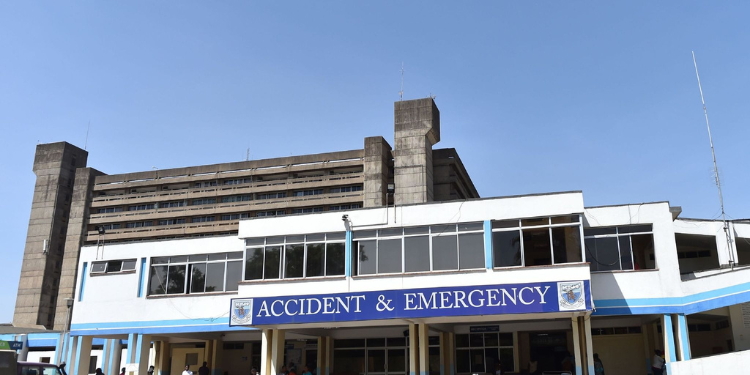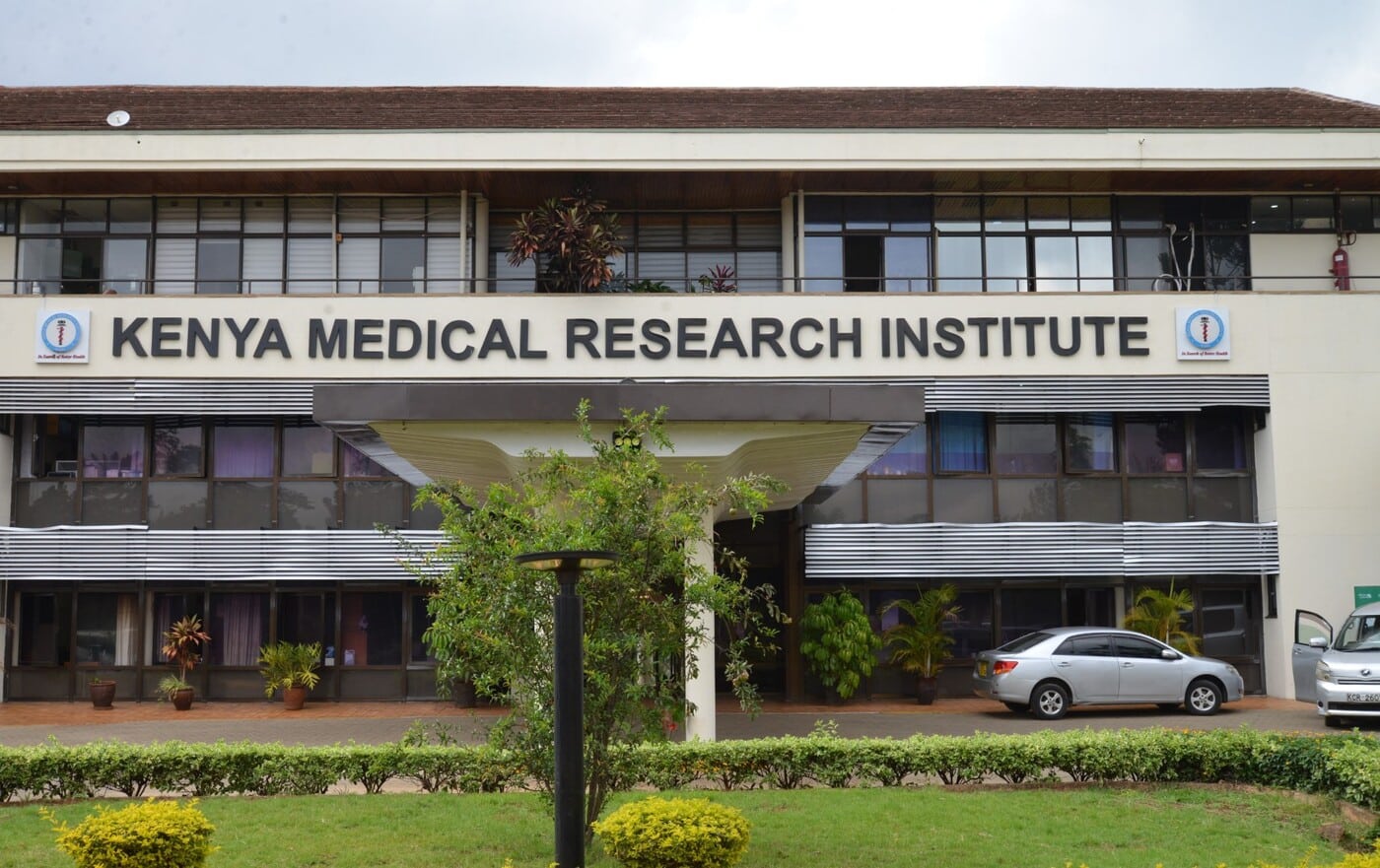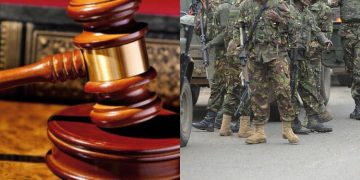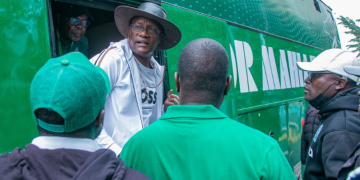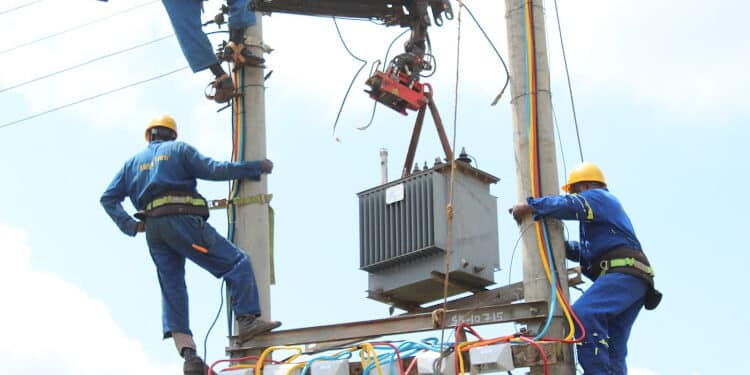The United States Embassy in Nairobi has announced that the shutdown of the United States federal government will affect some of the embassy’s operations in Kenya. This comes after the U.S. government entered a partial shutdown at midnight on Wednesday, October 30, following lawmakers’ failure in the Senate to pass a crucial short-term funding bill.
Despite a last-minute push, only three Senate Democrats supported the Republican-backed measure, leaving it five votes short of overcoming a legislative filibuster, marking the first since the 2018-2019 period, the government shutdown was expected to temporarily disrupt several government operations and place hundreds of thousands of federal workers in limbo — some furloughed without pay, others forced to work under uncertain conditions.
In an update on Wednesday morning, the U.S. Embassy in Nairobi announced that its accounts on social media platforms, such as X and Facebook, will not be updated regularly until full operations resume, except for urgent safety and security information.
The embassy further said that scheduled passport and visa transit services in the United States and at U.S. Embassies and Consulates overseas will continue during the lapse in appropriations, as the situation permits.
“At this time, scheduled passport and visa transit services in the United States and at U.S. Embassies and Consulates overseas will continue during the lapse in appropriations as the situation permits,” the U.S. Embassy in Nairobi said on Facebook.
“We will not update this account until full operations resume, with the exception of urgent safety and security information. For information on our services and operating status, visit travel.state.gov.”
Some U.S. Embassy in Nairobi Operations to be disrupted
On X, the embassy stated, “Due to the lapse in appropriations, this X account will not be updated regularly until full operations resume, with the exception of urgent safety and security information.”
This development comes just hours after the United States government officially shut down. The shutdown was triggered after the Republican-controlled Senate failed to pass a last-minute government spending bill, which could have averted the crisis.
Also Read: UN Security Council Decides Fate of Kenyan-led Mission in Haiti
Republican lawmakers had been pushing for the passage of a “clean” continuing resolution (CR) — a bill to extend government funding without attaching any additional initiatives.
However, with only 53 seats in the Senate, they fell short of the 60 votes needed to overcome a filibuster and pass the measure. This meant that Democratic support was essential, with the lawmakers using their leverage to try to advance healthcare policy goals.
These included two key demands of ensuring that subsidies for health insurance for low-income individuals do not expire and the reversal of the Trump administration’s cuts to Medicaid.
However, this resulted in a legislative standoff, with both parties subsequently blaming each other for the shutdown. The situation remains unresolved until Congress can agree on and pass a new funding bill. While the federal shutdown is partial, its effects are wide-ranging.
The White House issued a memo on Tuesday instructing federal agencies to begin “executing their plans for an orderly shutdown.” The memo also noted that the duration of the shutdown is difficult to predict. While many agencies will be affected, some essential services will continue to operate.
The United States Government shuts down
Certain health and safety programs, such as Medicare and Medicaid, which serve the elderly and low-income individuals, will continue to operate. However, staffing shortages may cause service disruptions. Additionally, the National Flood Insurance Program will be suspended, potentially affecting property sales across the country.
Food assistance programs are also expected to be impacted. Notably, the Special Supplemental Nutrition Program for Women, Infants, and Children (WIC) is projected to rapidly deplete its funding if the shutdown continues.
Also Read: United States Government Shuts Down – Here is What It Means
Some critical services, however, will remain active. Border protection, in-hospital medical care, law enforcement, and air traffic control will continue operating. However, air travelers should brace for potential delays. Long security queues and flight disruptions are likely, as unpaid air traffic controllers may choose to stay home rather than work without pay.
Kristi Noem, who leads the Department of Homeland Security (DHS), confirmed that law enforcement officers will continue working during the shutdown. “More than 200,000 of these patriots will go without pay,” she posted on X.
She further criticized the Democrats, saying it’s “forcing over 150,000 officers and nearly 50,000 members of the military – our frontline of defense – to continue protecting our nation without pay”.
A letter from Phillip Swagel, Director of the Congressional Budget Office, estimated that around 750,000 federal employees could be furloughed each day, with a total daily cost of approximately $400 million (about £297 million). The letter also noted that this figure could fluctuate over time depending on how agencies respond. Some might furlough additional employees as the shutdown drags on, while others may recall some who were initially furloughed.
Members of Congress will continue to receive their salaries during the shutdown, as their pay is constitutionally protected under the U.S. Constitution. As for the military, service members are required to continue their duties but will not be paid until after the shutdown concludes.
Follow our WhatsApp Channel and X Account for real-time news updates.
